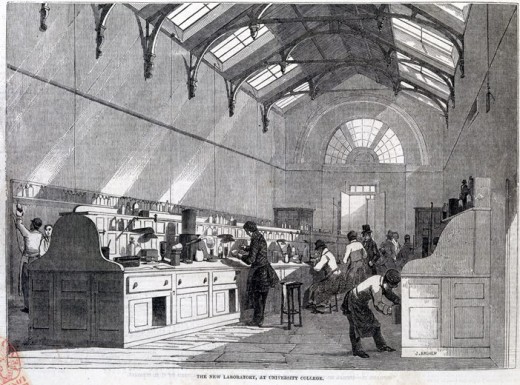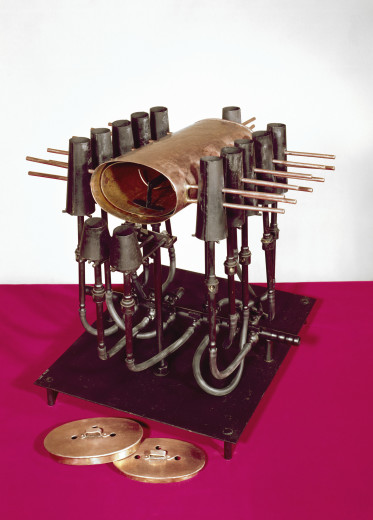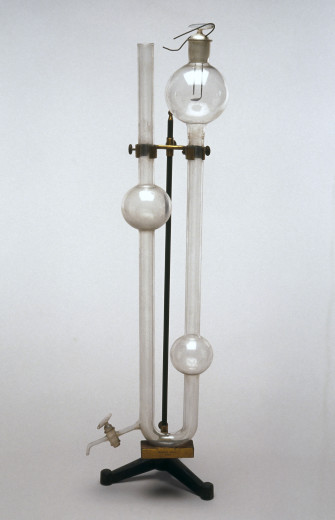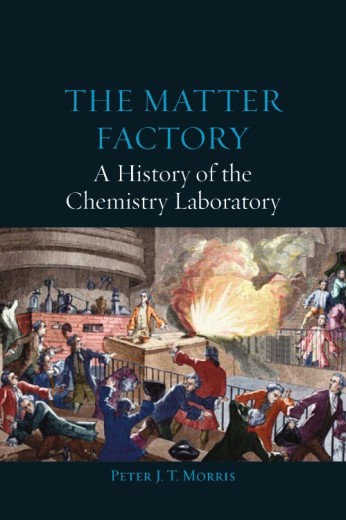Peter Morris is the Science Museum’s Keeper of Research Projects and has recently published his latest book, ‘The Matter Factory: A History of the Chemistry Laboratory‘.
The laboratory clearly plays an important role in chemistry (and other sciences). Chemists will have received their practical training in the teaching laboratory before spending their career (in many cases) working in a variety of laboratories in academia and industry. Yet this important setting for chemistry has hitherto been little studied. Previous studies of laboratories have almost invariably been an examination of what a chemist or chemists have done in that laboratory rather than the laboratory building itself. And the few papers or books on the design or fittings of the laboratory have restricted themselves to a single laboratory or a specific period.
My latest book The Matter Factory is the first book to consider the development of the laboratory over four hundred years. I examine how the early alchemical workshops dominated by the furnace became the standard chemistry laboratory (what I call the classical chemistry laboratory) between the 1830s and 1860s, mostly in Germany and London with its central aisle, benches and bottle racks. This was not just a matter of architectural design or new fittings – it also required the introduction of gas, water and steam into the laboratory and plumbed-in drainage. These changes enabled the development of new fields of chemistry including atomic spectroscopy and organic synthesis as well as the training of an ever increasing number of chemistry students.

Credit © Science Museum / Science & Society Picture Library
For many years, well into the twentieth century, this mass training employed inorganic group analysis as a tool. However this group analysis used toxic hydrogen sulphide as a reagent leading to the development of the fume cupboard and even fume boxes on the bench. The classical laboratory spread from its initial home in Germany to other countries, initially Britain and America, then to Japan and France by the 1890s. This type of laboratory was also quickly adopted by the chemical and pharmaceutical industries. While the classical laboratory endured for over a century, a new type of laboratory employing a more flexible design has recently been introduced, for example, at Oxford University.

Credit © Science Museum / Science & Society Picture Library
As well as looking at the design and content of laboratories, I have also studied other aspects of laboratory work, such as techniques and apparatus. They have included several items in the Science Museum’s own collections as such the bizarre gas thermostat (1888-307) invented by Robert Bunsen of burner fame and the demonstration apparatus introduced by Wilhelm Hofmann. While the so-called Hofmann voltammeter (to show the splitting of water by electricity) is well-known, he also popularised apparatus to demonstrate other reactions such as the reaction between sulphur dioxide and oxygen (1876-220). I have also argued that the widespread use of the white laboratory coat may be much later than commonly assumed.

Credit © Science Museum / Science & Society Picture Library
You can buy The Matter Factory from the Science Museum shop or at our online shop here.
